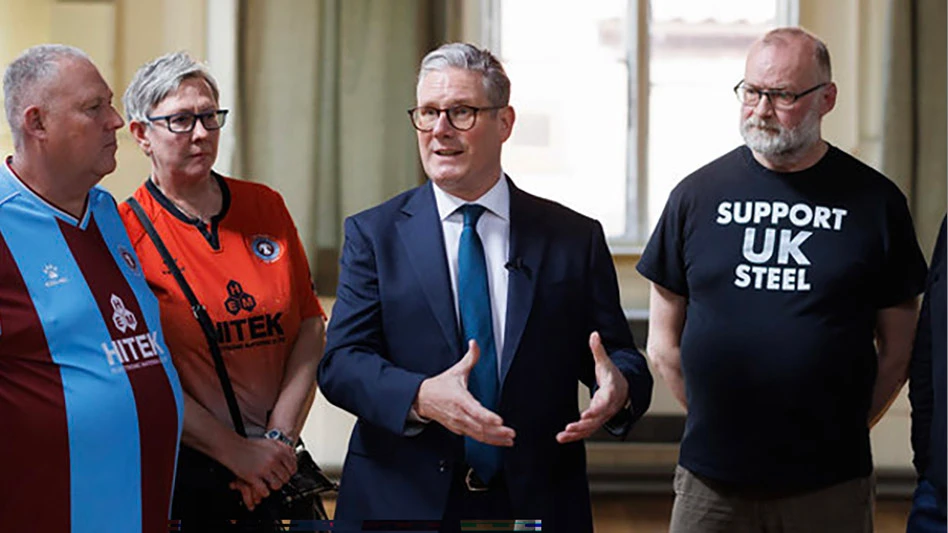|
|
Recycling industry veterans likely remember all too well the John Tierney-authored 1996 New York Times article “Recycling is Garbage.” The article attracted considerable attention in the solid waste and recycling communities, which had just been through considerable change after the creation of curbside recycling programs throughout the United States. Nineteen years later—presumably after letting the China-stoked commodities boom run its course—Tierney is back with a nearly identical message in a late September 2015 New York Times column titled “The Reign of Recycling.” Credit must go to Tierney (or whichever Times staffer is responsible) for the 1996 headline “Recycling is Garbage,” which was click bait before that term was invented. Although “The Reign of Recycling” headline may not have quite the same punch, his follow-up piece again accomplishes the task of being a topic of discussion in the recycling and waste communities. The slogan “The business magazine for recycling professionals” has appeared on the cover of Recycling Today dating back to before Tierney’s 1996 column, and with express intentions. Although municipal recycling is part of what our publication covers, our roots and a hefty percentage of our reporting focus is on the decades- or even centuries-old industrial and commercial recycling sectors. Our readership includes recyclers who work with or for municipal recycling programs and others who find themselves competing with government-funded efforts or even shut out by governmental franchise or flow control agreements. Taxpayers have every reason to consider Tierney’s arguments as to whether the recycling programs they fund are financially responsible. Critics of Tierney’s essays, however, point to some flaws, including avoiding adequate discussion of the enormous costs of landfills or that the extraction of virgin raw materials often is subsidized at least as heavily as recycling. Tierney’s click-bait approach toward recycling criticism may have another harmful impact: inadvertently conflating in the minds of some of his readers locally subsidized curbside programs with all recycling activities. People who read and agree with Tierney’s column may feel emboldened to tuck their empty recycling containers in their garages, which may add to their cities’ disposal costs and to their tax burdens. If some of his readers are business decision-makers who decline a commercial recycling opportunity, mistakenly thinking they are helping their company’s bottom line, this potentially will be more harmful. Spending taxpayer dollars on a poorly managed or ill-conceived recycling program can be grounds for criticism. Unfortunately, committing to landfilling secondary commodities with a dollar value is most often a poor response. |

Explore the November 2015 Issue
Check out more from this issue and find your next story to read.
Latest from Recycling Today
- Acerinox names new North American Stainless CEO
- Greenwave closes 2024 books with red ink
- Steel Dynamics nets $217M on record shipments
- Massive Chinese steelmaking rebound recorded in March
- LME looks into sustainable metal pricing
- OnePlanet Solar Recycling closes $7M seed financing round
- AMCS launches AMCS Platform Spring 2025 update
- Cyclic Materials to build rare earth recycling facility in Mesa, Arizona






